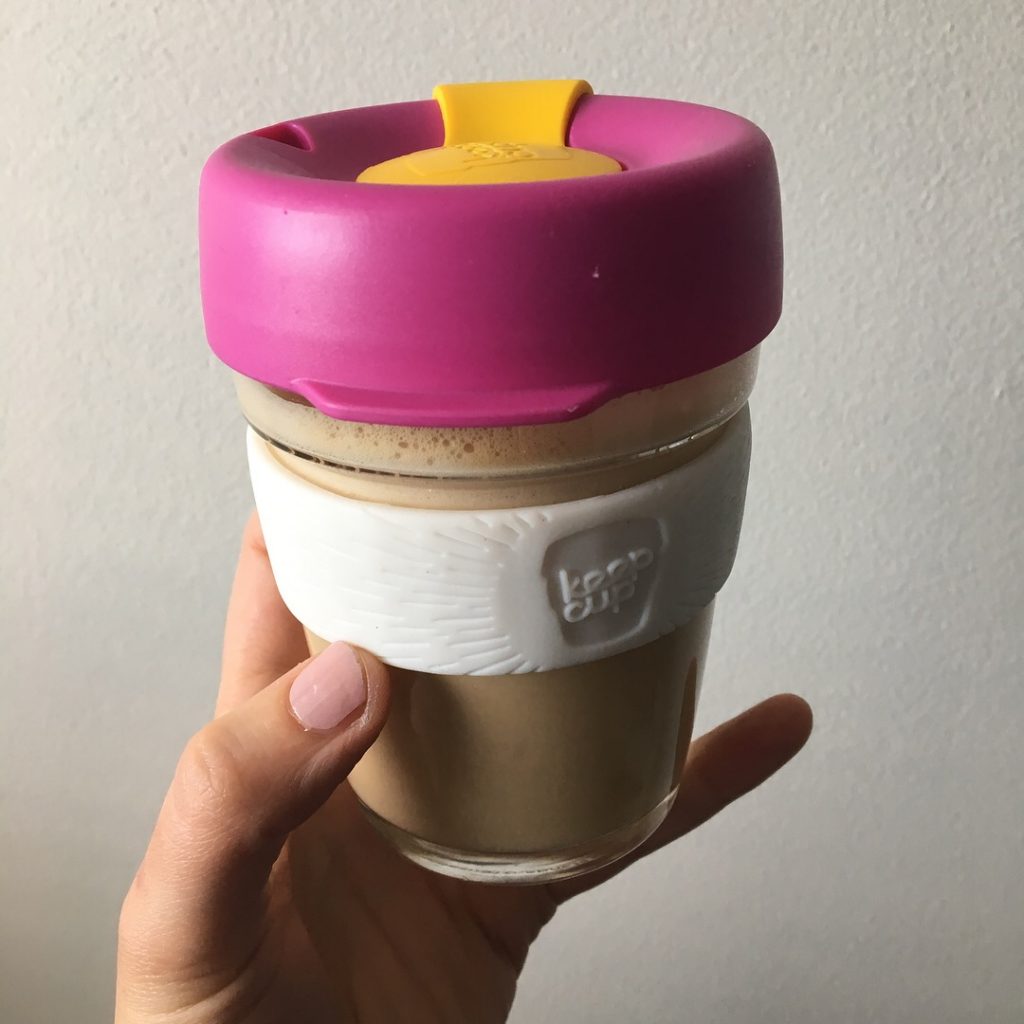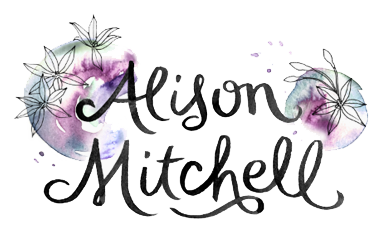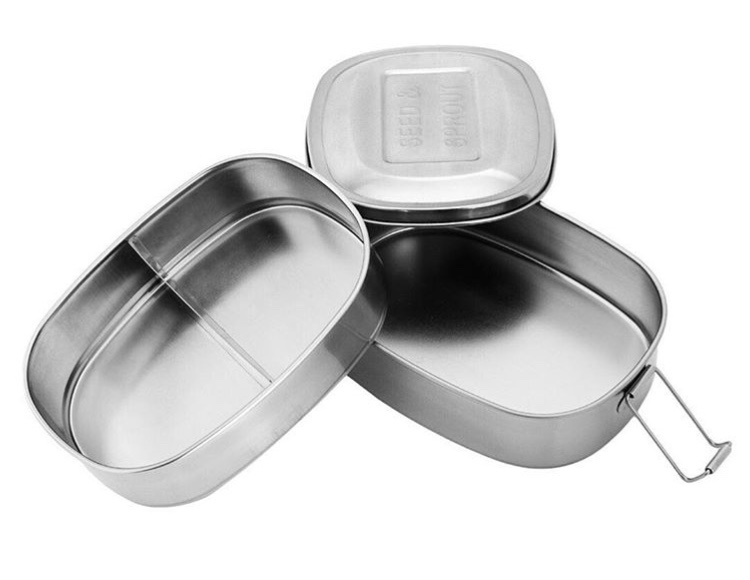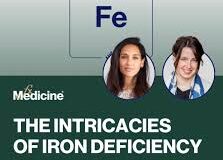5 (Easy) Eco-Friendly Swaps To Make In Your Life Today
Following on from my latest contribution to Casa de Karma, I have shared some easy ways to change to natural products in your household, which is good for you as well as your pocket.
Read the full article here or scroll down for a preview.
Given the ever increasing piles of waste in our landfills, and the scary impact we are seeing chemicals have on the health of our children and self, then reducing the use of plastic and chemicals in our home is a great way to take action against this issue.
How & why you should reduce plastics
When I started looking into how and why I should reduce plastics I was alarmed at the sheer quantity of chemicals which are classed as endocrine disruptors that we are exposed to multiple times a day. Containers in which we store our food and drink are some of the biggest sources of these chemicals – but are also easy to change to safer alternatives.
Unfortunately some of the plastics we are using which are deemed as being safe, or BPA free have also been found to leach xeno-oestrogen chemicals after exposure to UV rays (UVA from sunlight and even UVC from some sterilisation equipment). This suggests that taking a precautionary approach where possible is best.
An easy way to tell the degree of safety of your plastics is to look at the recycle number on the container. While it’s best to avoid all types of plastic wherever possible, choosing glass or steel when available, there are some types of plastics that are safer than others.
- Recycle numbers 2, 4 and 5 are okay to be used in limited amounts. They are the most stable form of plastics and while some chemicals have been found to leach from them with exposure to UV and heat, they are not considered to be as harmful as the other chemicals found within plastics.
- Recycle number 1 is okay to use if no other choice is available but should not be re-used, and not used if it has been exposed to UV light. This form of plastic is found most commonly in plastic water bottles and take-away food containers. If you purchase food in this type of container transfer it to a non-plastic bowl before heating or eating from it.
- Recycle number 3, 6 and 7 should ideally be avoided altogether. The types of chemicals found within these plastics are the most harmful, and the plastic is considered to be the most unstable.
1. Re-usable food containers & drink bottles
Do you use a plastic water bottle, or take your lunch to work (or school) in disposable packaging?
For a moderate investment you can get some eco-friendly, stylish and healthy drink bottles, food storage and lunch boxes. It will save you money in the long run because you don’t have to keep buying the packaging. Plus it’s better for the environment, as well as for you.
Some great stainless steel lunch box options include Seed & Sprout, PlanetBox and LunchBots. I have recently discovered Seed & Sprout, a small business based in Byron NSW. They claim to plant a tree for every lunch box sold. YumBox is another option, and is made from BPA free plastic.
For drink bottles, I can recommend Cheeki, KleenCanteen, Thermos or EcoVessel.
2. Re-usable Coffee Cups
Did you know that reusable coffee cups are lined with a type of plastic that can’t be recycled easily, and this plastic also can be an issue for your health?! The plastic lids are also made of a plastic that is not great for your health. Polystyrene foam (commonly referred to as Styrofoam) coffee cups are another instance of harmful chemicals that are best avoided.
Even the supposedly biodegradable or compostable coffee cups are still lined with plastic, and it seems that biodegradable plastic may actually be an issue in itself for our sea life as the plastic breaks into such small particles (but doesn’t actually disappear) that it is contaminating our seas and being consumed by sea animals.
Bringing a reusable coffee cup, or even your own mug to the café when ordering take away is a brilliant solution. My personal choice (from what I’ve tried) for a reusable coffee cup is the glass Keep Cup. While this brand offers BPA free plastic, I prefer the glass because it doesn’t affect the taste of the coffee (and I prefer to minimise all plastic use where possible), and the Keep Cup has the best lid design with a cover for the spout. Other zero waste swaps I recommend include: Joco cup, Sol Cup, Pottery for the Planet, Rubber Cuppy and Frank Green.

A lot of cafes now offer a discount to those that bring their own reusable coffee cup, and I like supporting those cafes as they are helping to reduce waste too.
While on the topic of drinks, did you know that enough plastic straws are produced annually to fill over 46,000 full sized buses? Switching to a metal, glass or bamboo straw will mean that every time you remember to bring it with you and use one of these straws instead of a plastic straw, one less straw ends up in landfill. Also, there will be less plastic passing through your drink when you choose glass or metal as well.
Read the full article for the rest of the list, including food coverings, menstrual cups and period proof undies, and why you should be careful with cans.
See also: Choosing the right products for that time of the month.














